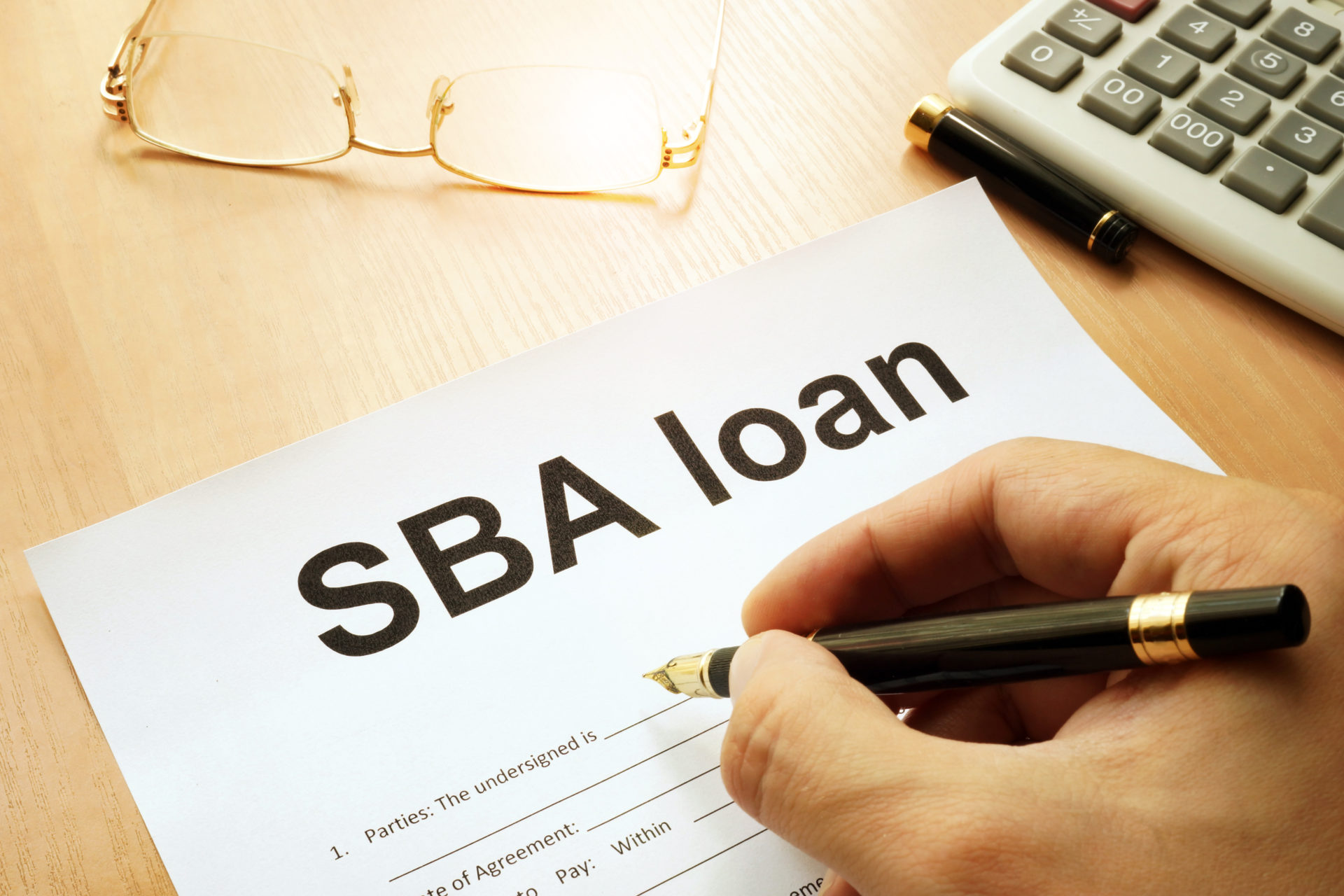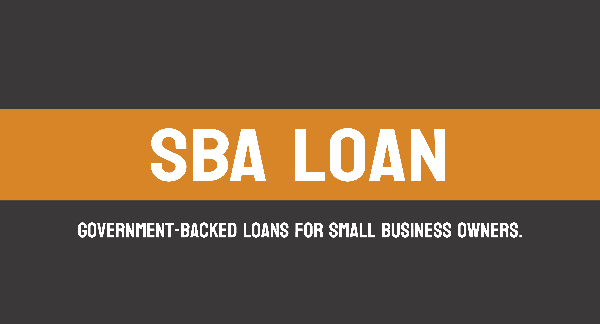
The Small Business Administration (SBA) guarantees loans for small businesses, but it does not provide funding directly. Instead, independent banks, non-bank lenders, and Certified Development Companies (CDCs) provide financing. If a borrower defaults, the SBA reimburses lenders up to 85% of the loan amount, reducing lender risk and encouraging small business lending.
Uses of SBA Loans
SBA financing can support a wide range of business needs, including:
- Purchasing or refinancing real estate
- Working capital, inventory, or equipment
- Business acquisition or start-up funding
- Leasehold improvements, advertising, marketing, or hiring
- Renovation or construction projects
Loan eligibility and specific programs offered depend on the participating lender, as not all lenders provide the full array of SBA loans.
Eligibility Requirements
Most for-profit, U.S.-based small businesses qualify if:
- Net worth ≤ $15 million
- Average net income ≤ $5 million
- Business owners are U.S. citizens or permanent residents
Excluded industries include gambling, investment firms, pyramid sales, rare coin dealers, and certain non-profits or government-owned entities. Lenders often have additional criteria, such as credit score thresholds, cash-flow requirements, and collateral considerations.
Key SBA Programs
SBA 7(a) Program: Offers flexible, high-LTV financing for both real estate and non-real estate needs, including working capital, equipment, and business expansion. Loan sizes range from $25,000 to $5 million with fixed or adjustable rates.
SBA 504 Program: Best for larger real estate and heavy equipment purchases. Typically funded 50% by the lender, 40% by a CDC, and 10%+ by the borrower. Loan terms can reach 25 years with fixed interest rates.
Navigating the SBA Loan Process
While the SBA has streamlined paperwork over the years, the process can still take 30–90 days. Working with an experienced, preferred SBA lender significantly reduces delays and ensures proper documentation.
Conclusion
SBA loans provide small businesses with high leverage, low interest rates, and flexible funding options. They remain one of the most versatile financing tools for growth, acquisitions, and operational needs. Success depends on partnering with knowledgeable lenders who understand SBA programs, making the process smoother and more efficient.



